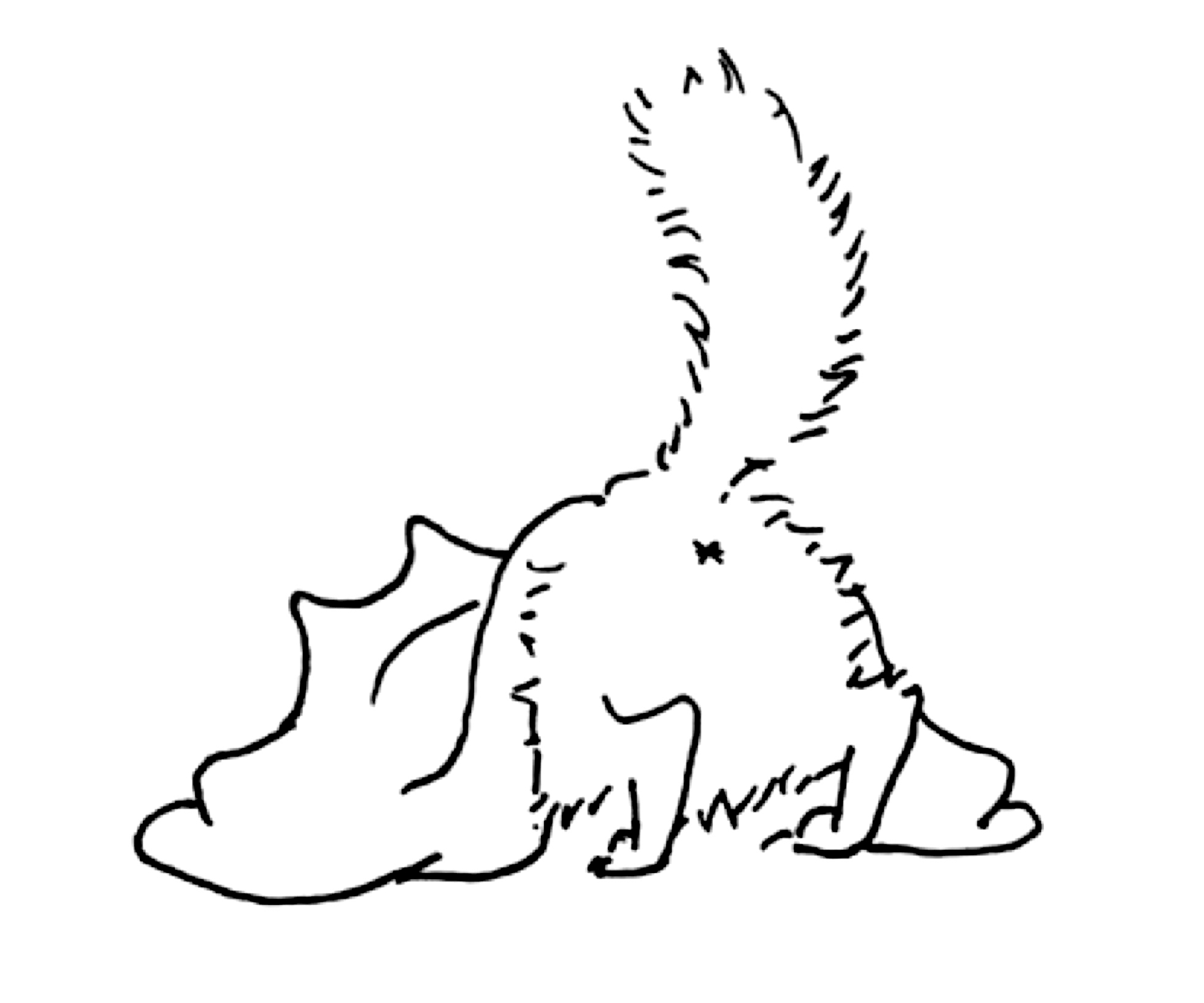
Simon Asencio + Jack Cox
A Parody
20+23 August
Er vei vermeills, vertz, blaus, blancs, gruocs,
vergiers, plais, plans, tertres e vaus;
e'il votz dels auzels son'e tint
ab doutz acort maitin e tart:
so'm met en cor q'ieu colore mon chan
d'un'aital flor don lo fruitz si'amorse
jois lo grans e l'olors de noigandres.
- Arnaut Daniel
A study group to "find" the song far off from the words
In his introduction to his book on the Troubadour lyric tradition, La Fleur inverse, Jacques Roubaud expresses the loss of the Occitan landscape* in which the Troubadour poem was carved: the birds have long gone, the sinuous roads that connected the castles to the sea to the Pyrénées have faded. Yet there is still an echo: we are left with words, in an arrangement.
Ezra Pound thought that Arnaud Daniel invented the sestina - a complicated verse form in which the six end words repeat from one stanza to the next in varying order, until they are all found distributed through a three-line stanza at the end - as he walked the winding roads of Ribérac, watching his destination shift through different angles on the horizon.
These poems were written with and for music, but almost no record of this survives. Could we use the poem to "find" its (missing) song? Loss and longing are a poetical device for the Troubadour poem: l’amor de lonh is the motor that keeps it circling around its missing love object, its cause. What if we aimed at the song itself? What if we set out to "find" this again by following its (fictional) trace, such as we imagine that to be?
We will walk together its trail, using a poem as the score (the map and the method) to the risk of parody (that is, as it sounds: para odie, to end up next to the song).
* The Troubadour lyric tradition emerged in the 11th century in the Occitan region (what is now known as northern Italy, the Midi, and the south of France till Catalonia).
vergiers, plais, plans, tertres e vaus;
e'il votz dels auzels son'e tint
ab doutz acort maitin e tart:
so'm met en cor q'ieu colore mon chan
d'un'aital flor don lo fruitz si'amorse
jois lo grans e l'olors de noigandres.
- Arnaut Daniel
A study group to "find" the song far off from the words
In his introduction to his book on the Troubadour lyric tradition, La Fleur inverse, Jacques Roubaud expresses the loss of the Occitan landscape* in which the Troubadour poem was carved: the birds have long gone, the sinuous roads that connected the castles to the sea to the Pyrénées have faded. Yet there is still an echo: we are left with words, in an arrangement.
Ezra Pound thought that Arnaud Daniel invented the sestina - a complicated verse form in which the six end words repeat from one stanza to the next in varying order, until they are all found distributed through a three-line stanza at the end - as he walked the winding roads of Ribérac, watching his destination shift through different angles on the horizon.
These poems were written with and for music, but almost no record of this survives. Could we use the poem to "find" its (missing) song? Loss and longing are a poetical device for the Troubadour poem: l’amor de lonh is the motor that keeps it circling around its missing love object, its cause. What if we aimed at the song itself? What if we set out to "find" this again by following its (fictional) trace, such as we imagine that to be?
We will walk together its trail, using a poem as the score (the map and the method) to the risk of parody (that is, as it sounds: para odie, to end up next to the song).
* The Troubadour lyric tradition emerged in the 11th century in the Occitan region (what is now known as northern Italy, the Midi, and the south of France till Catalonia).

*Back